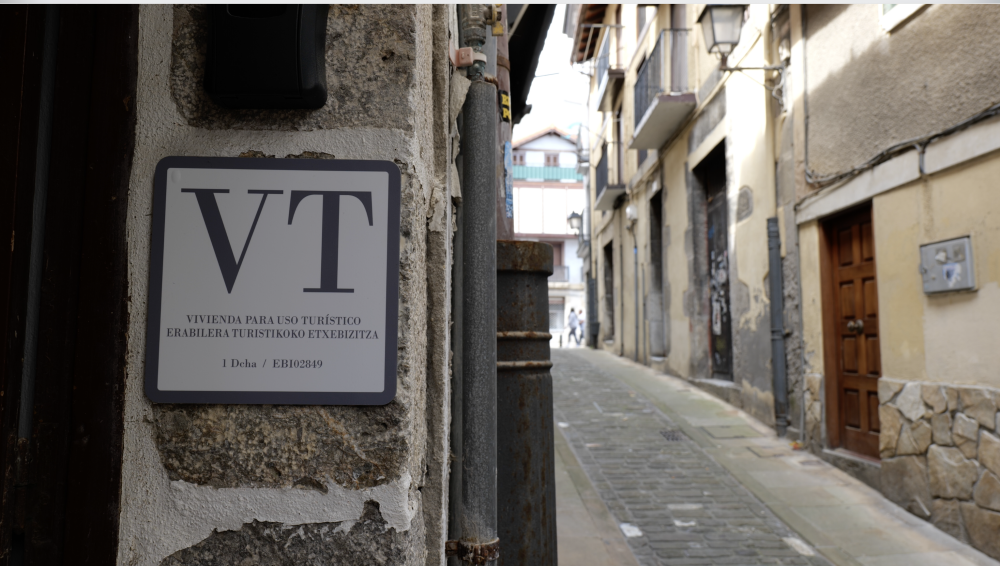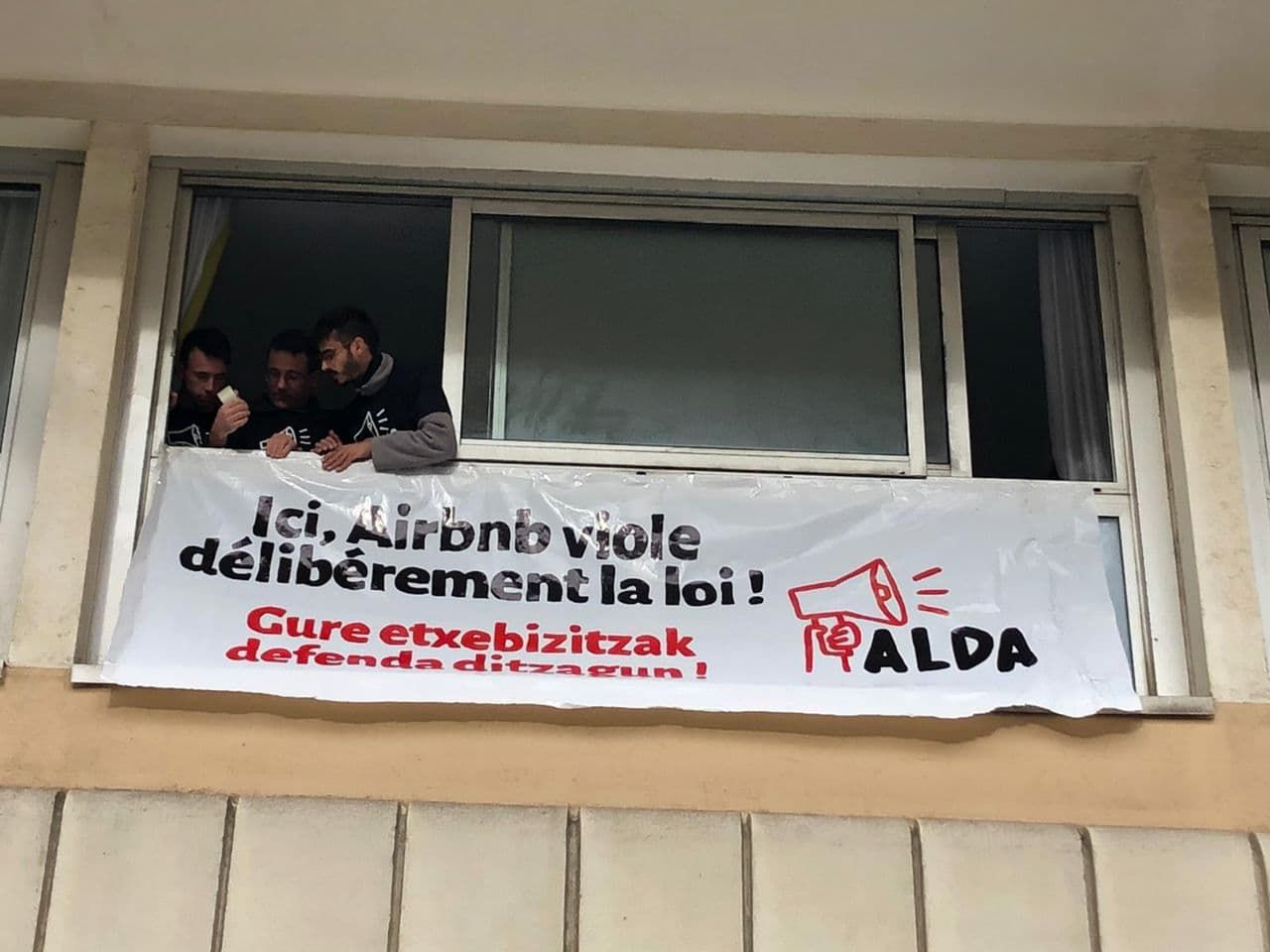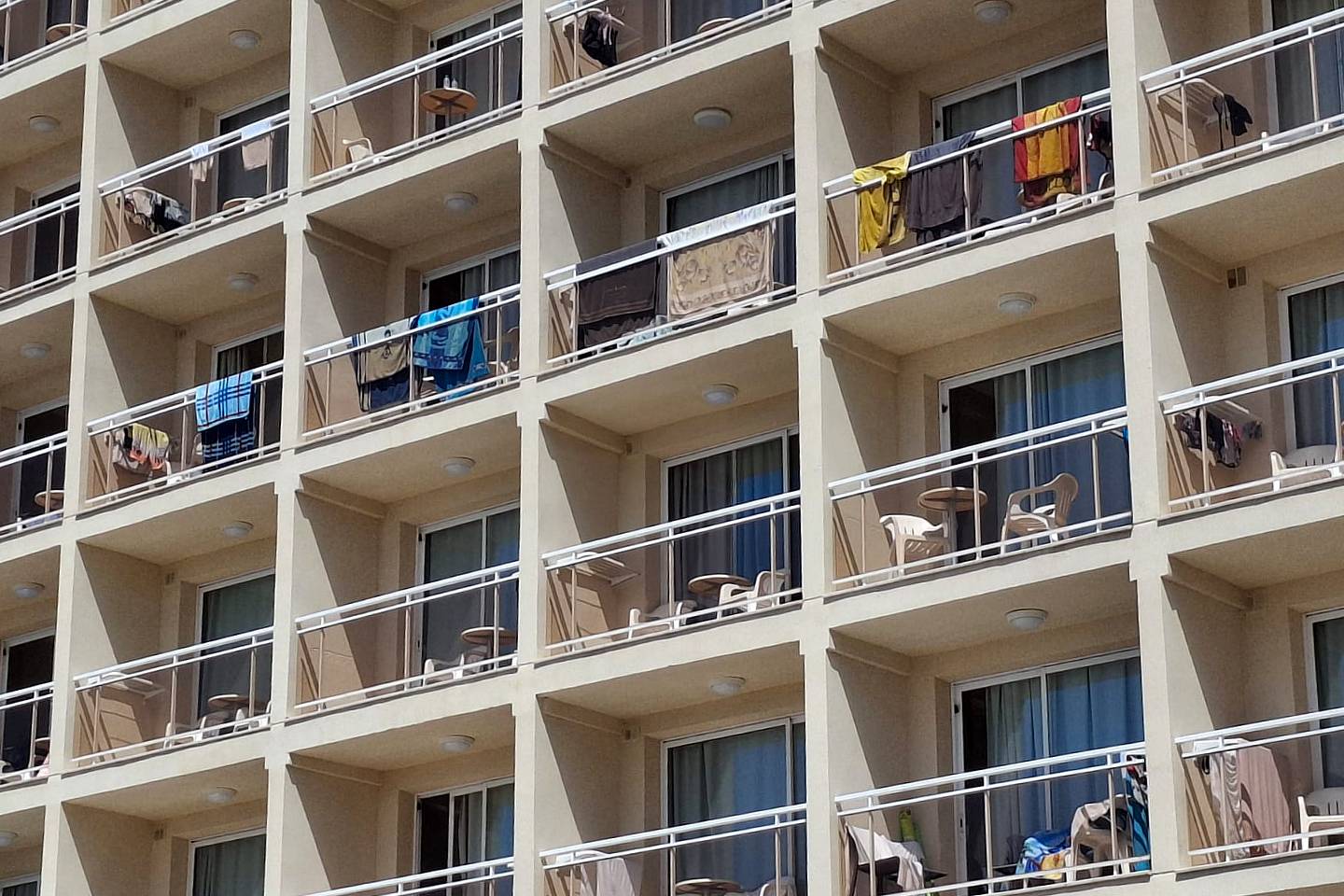In four years the number of tourist homes in the CAV has increased by 75.32%
- Every four days a new hotel is installed in the Spanish State.

Following the decline of the pandemic, the tourism sector is experiencing dramatic growth. According to data from the real estate agency CBRE, 260 new hotels will be opened in the Spanish state between 1 April 2024 and 31 December 2025, that is, one every four days. However, according to the agency, there are differences from the situation prior to the pandemic. On the one hand, most new open hotels are luxury and account for 82% of all newly opened hotels. On the other hand, new openings are concentrated in fewer than usual cities, as Madrid, Málaga and Barcelona account for 62% of all new hotels.
According to the CBRE, the second largest investment in the tourism sector was made in 2023: 75% of the investments, EUR 4.248 million, were made by foreign companies. In addition, until March 31, 2024, there were 12,494 homes and 1,23 million rooms available to tourists in the Spanish State.
Situation of the Basque Country
Although the number of hotels in Hego Euskal Herria remains more stable, tourist apartments are the ones that have taken the most importance in recent years, until reaching 5,844. In fact, one in three tourist spots is tourist use. According to data from the Basque Tourism Observatory, between 2019 and 2023 the number of this type of housing increased by 75.32%, one more year.
The case of Gipuzkoa is the most notable of the three territories, as, according to data from the Tourist Observatory of Gipuzkoa, in the same period the number of tourist homes increased by 165.93%. The impact of these tourist accommodation is measured by the number of beds available per 1,000 inhabitants, with an average of 36.1 beds per 1,000 inhabitants in the State. In the CAV this figure stands at 9.2 and in Navarre at 9.8, although in some places the State average is exceeded loosely due to the strong differences between municipalities.
The capitals assume the largest number of tourist homes in all territories. Donostia-San Sebastián, for example, remains at 63%. Thus, Donostia-San Sebastián has 30.6 beds per 1,000 inhabitants, below 11.6 in Bilbao and 11.5 in Pamplona/Iruña. It should be noted that in Vitoria-Gasteiz the number of tourist homes is relatively small, at least very far from the rest.
In the case of capitals, almost all tourist homes are located in urban centers, with Donostia-San Sebastián being the most prominent example: despite having fewer inhabitants than other capitals, it has 1,286 tourist homes. By area, most of them are concentrated in the centre (448), followed by Gros (261) and Casco Viejo (120), which occupy the following posts on the list. Along with those of El Antiguo and Amara, these neighborhoods concentrate 77.6% of the tourist apartments of the capital. Bilbao, the second largest tourist capital in the world, amounts to 938, a large majority in the Casco Viejo de Bilbao.
However, there are four coastal municipalities with figures similar to those of the capitals: Bermeo, Zarautz, Hondarribia and Lekeitio. However, the number of each bed per thousand inhabitants grows dramatically in low-population municipalities such as Mundaka (192.9), Bakio (103.7) or Luzaide/Valcarlos (348.7). Meanwhile, Tudela, Estella and the Baztan Valley are the most affected localities in Navarre, and Barakaldo and Busturia in Bizkaia.
Frantziako Estatuko diputatuak eta senatariak ados jarri dira. Orain arte, alokairu turistiko bat alokatzen zutenek etekinen %50 zergapetik kentzeko aukera zuten, urte osoko alokatzaileek, berriz, %30. Lege proposamenak biak hein berdinera ekarriko ditu, hots, %30era.
A long weekend. We've turned around the environment and we've taken advantage of it to make the picoteo. Tourists making selfies. Routes for tourists, rentals, shops, hotels, parkings, menu dishes, sign signs in all languages of the world. Tourists turn the usual places into... [+]
Etxebizitzen %20 baino gehiago jadanik bigarren etxebizitzak dira Ipar Euskal Herrian. Larrialdi klimatikoaz sentsibilizatzeko lau hilabetez, Nantesetik abiatu Alternatiba txirrindula itzulia, kostaldean zen aste buruan.

















